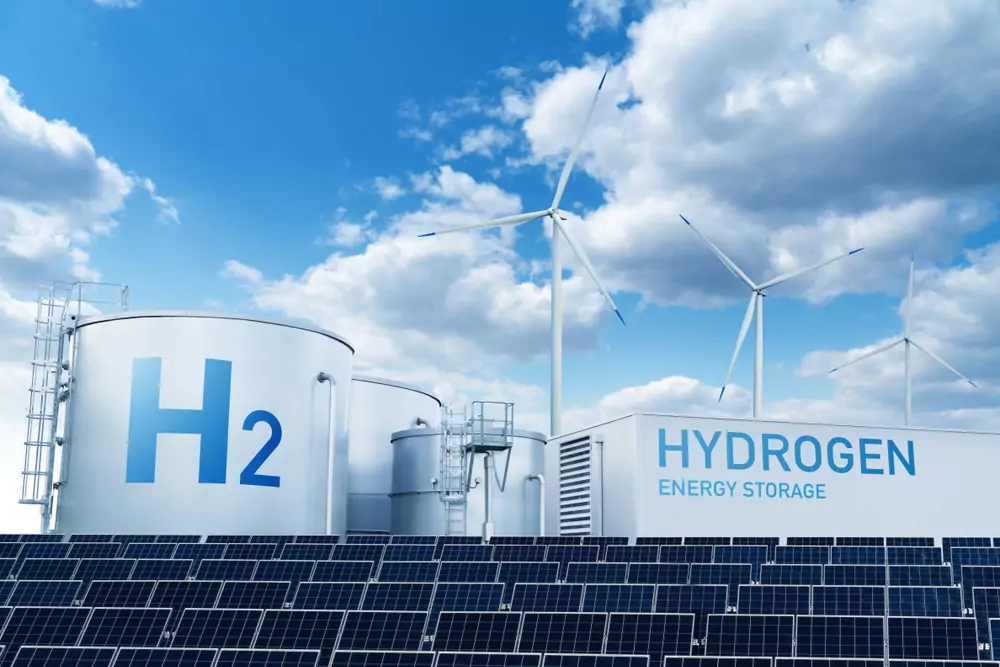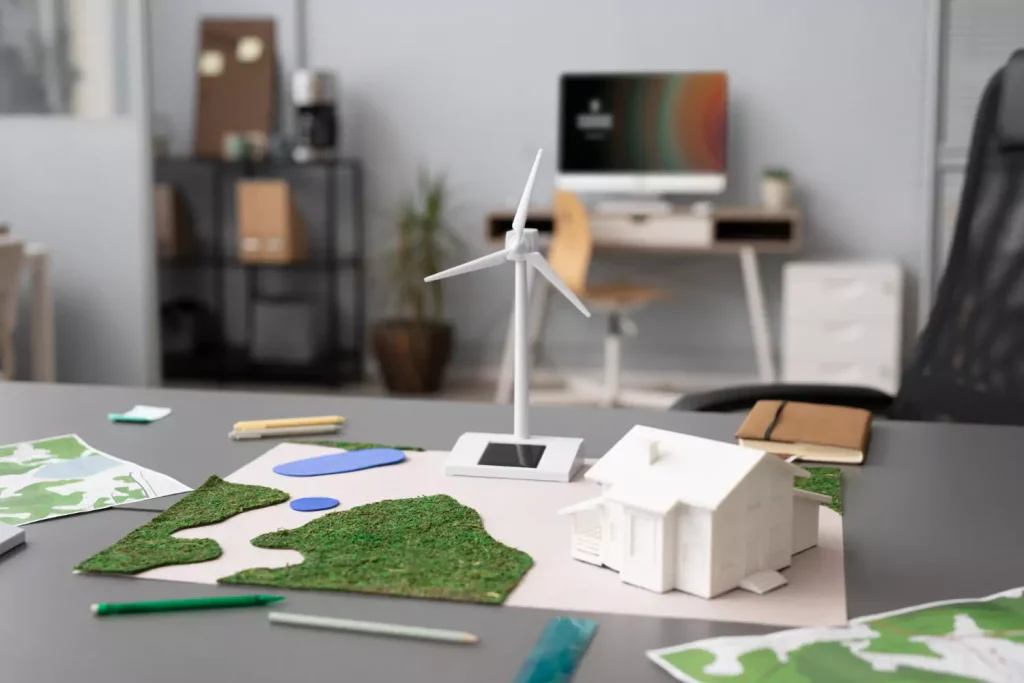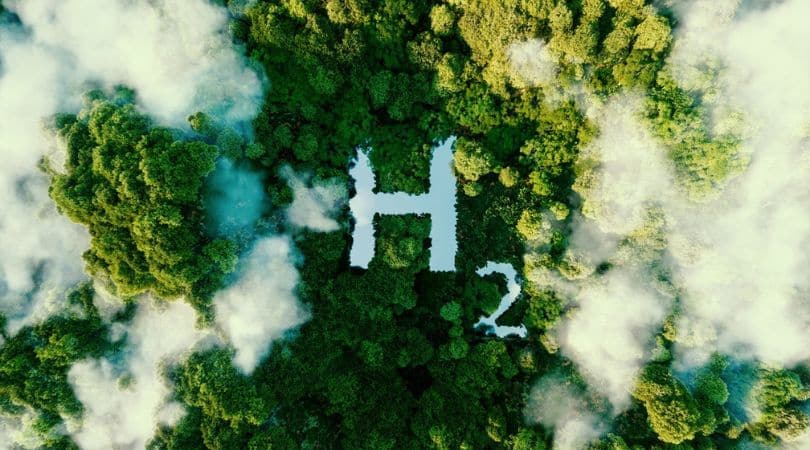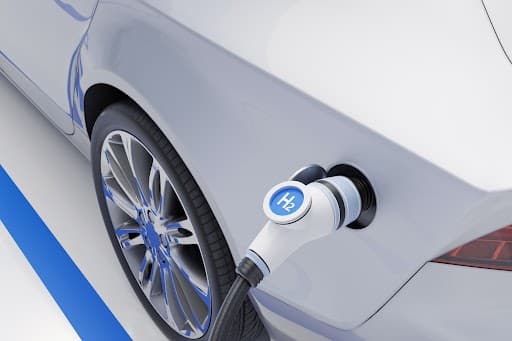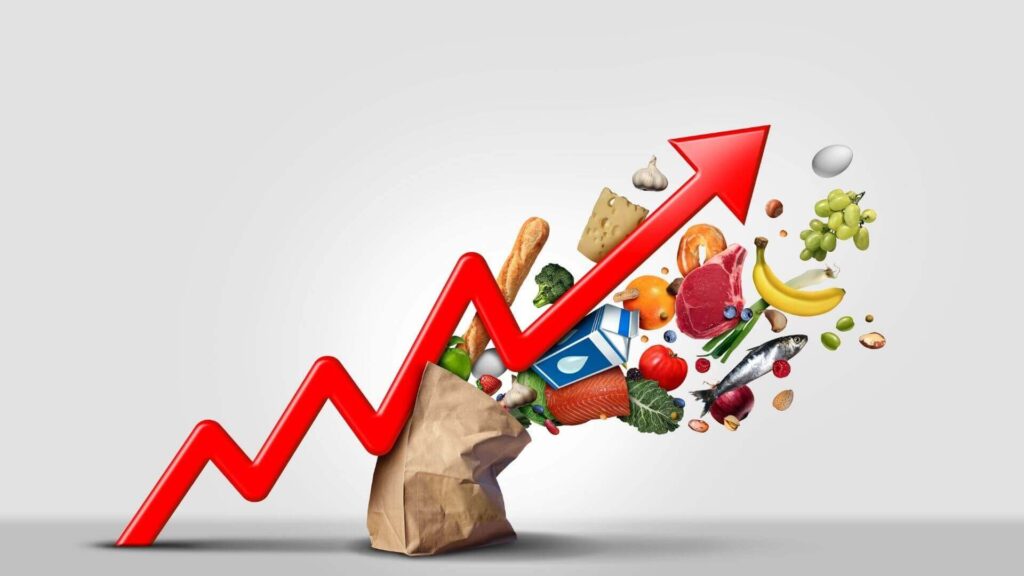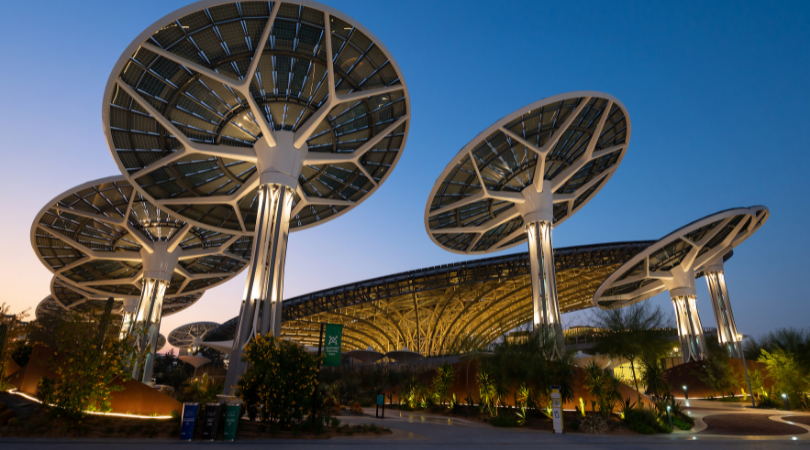The energy sector serves as the foundation of modern economies, powering industries, enabling technological advancement, and driving sustainable development worldwide. For organizations navigating this complex landscape, understanding both historical context and emerging opportunities is essential to building lasting competitive advantage. This article explores the energy sector’s evolution, current realities, persistent challenges, and transformative opportunities that […]
The Future of Hydrogen: Key Trends Shaping the Next Decade of Energy
Hydrogen is increasingly recognized as crucial to the future of hydrogen in the global energy sector due to its versatility and ability to serve as a clean energy carrier. Whether used in industrial processes, transportation, or energy storage, hydrogen offers significant potential to reduce reliance on fossil fuels. As the world seeks to decarbonize and […]
Embracing Sustainable Practices in the Construction Industry Through Innovative Use of Plastic Waste
Over the past three decades, global warming and carbon emissions have become major concerns worldwide. Various industries have been accused of contributing to these issues. The construction sector, in particular, has become a focal point due to its significant contribution to annual carbon emissions. The built environment is responsible for a staggering 39% of global […]
Bioinspired Innovation: Harnessing Nature’s Wisdom to Address Current Challenges
Nature has always been a primary source of inspiration for our ideas and innovations. From a poem contemplating the beauty of autumn to a 16th-century visionary who drew the first plans for human flight from birdwatching, we have always looked to nature for guidance. The deliberate use of nature for technological advice on many of […]
Green hydrogen: Africa as a new hub
After years of being hyped as a possible game-changer and touted as the fuel of the future, green hydrogen is now recognized as a crucial component of any realistic net-zero economy in the long term by both governments and investors. While energy transition plans were slowly taking shape, particularly in Europe, recent events have created […]
Hydrogen to decarbonize Road Transportation
Energy use and CO2 emissions from transportation The transportation sector accounts for around 30% of global final energy consumption. Given that most of our energy is still derived from fossil fuels, despite the growing share of renewable energy generation and the announced carbon neutrality ambitions by 2050, transportation is already at the top of a list of sectors […]
Looming Inflation Expected to Persist throughout 2022
In recent times, inflation has been a topic of discussion for economists, politicians, and citizens alike. The pandemic has brought an end to a period that was marked with low-to-moderate inflation rates with even deflation plaguing countries such Thailand, Qatar, and Malaysia before the COVID outbreak. There has been a noticeable spike in the number […]
Hydrogen in the GCC: The new Oil Economy?
The world is currently shifting its energy system away from hydrocarbons and towards low-carbon energy sources, with a view to eventually transitioning to a net-zero energy system. As a result, governments and energy companies alike are placing large wagers on hydrogen, in an effort to lower emissions. The GCC countries have long been […]
Expo 2020 and Environmental Sustainability
Expo 2020 Dubai, under its ‘Connecting Minds, Creating the Future’ theme, is setting a new standard for sustainability. The event’s comprehensive Expo 2020 Sustainability Initiatives aim to make it the most sustainable World Expo ever. Expo 2020 is focusing on three main elements: sustainability, mobility, and opportunity. Aiming to become the most sustainable expo so […]
Green Architecture: A Future of Digital Transformation
The 21st century has witnessed major efforts by industries all around the globe to seize new technological capabilities to improve personal lives, corporate dynamics, and industrial processes. In an era of severe climate change crises, new technologies and industrial philosophies are becoming more and more essential. In this context, green architecture emerged as a solution […]

